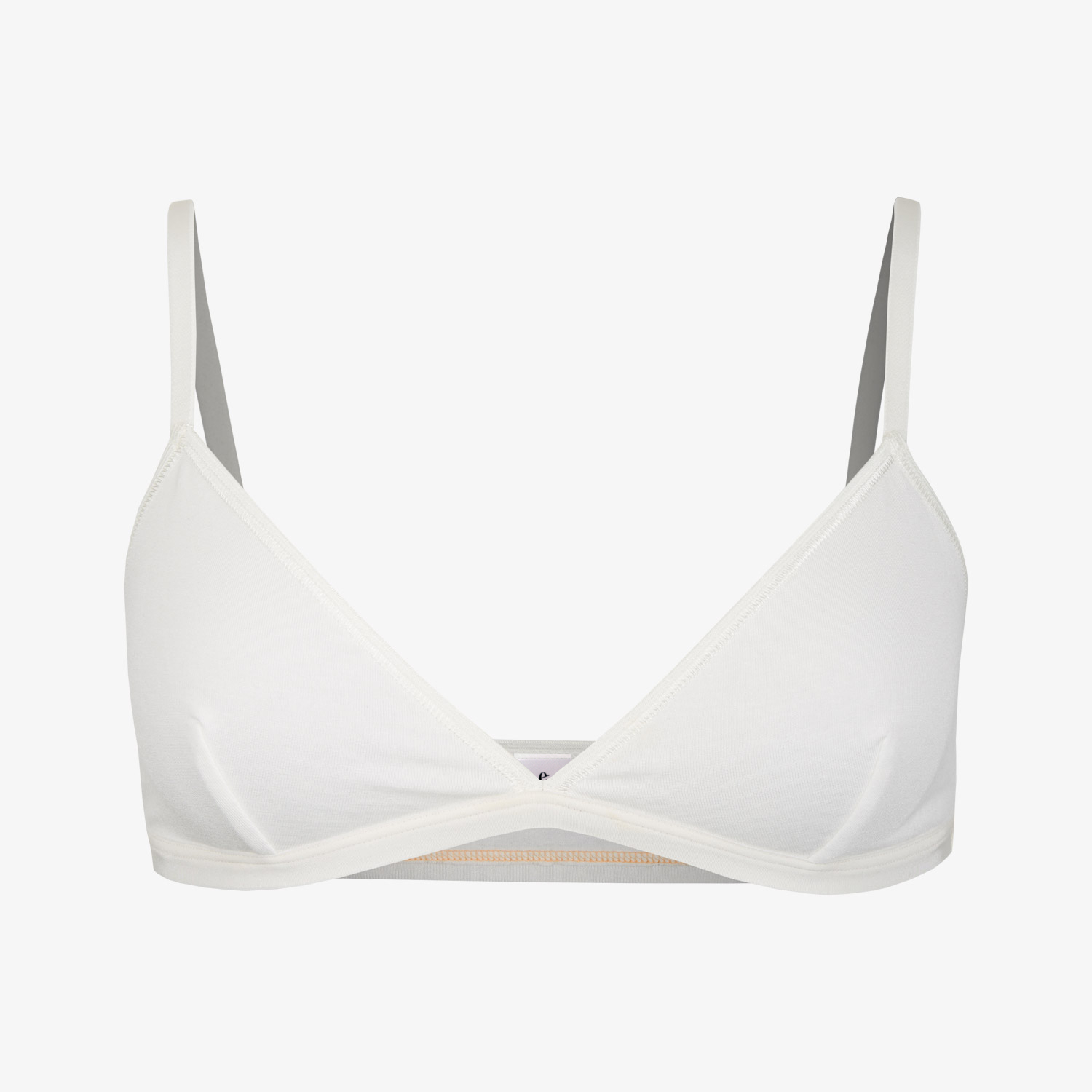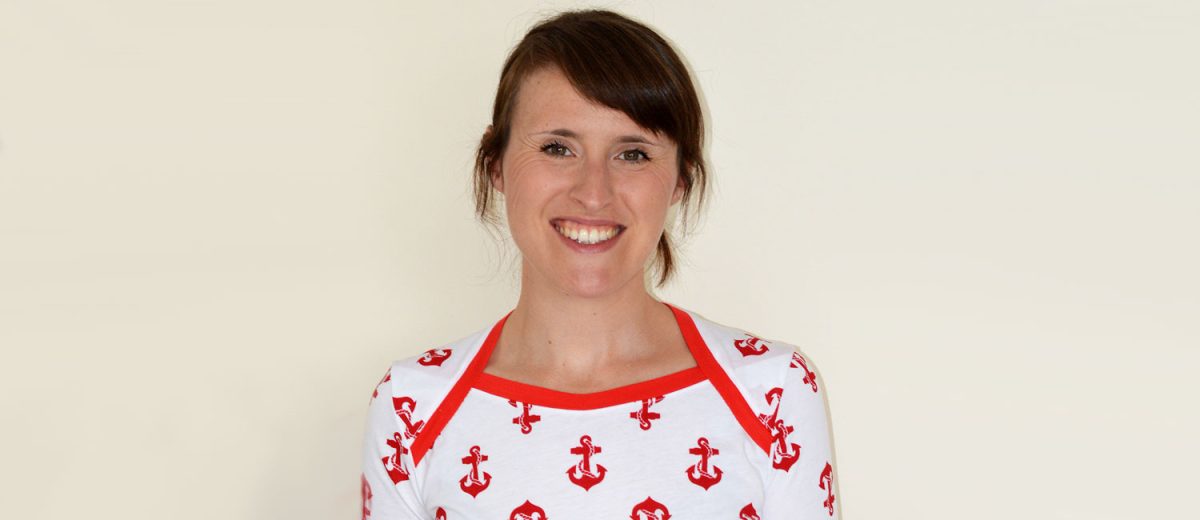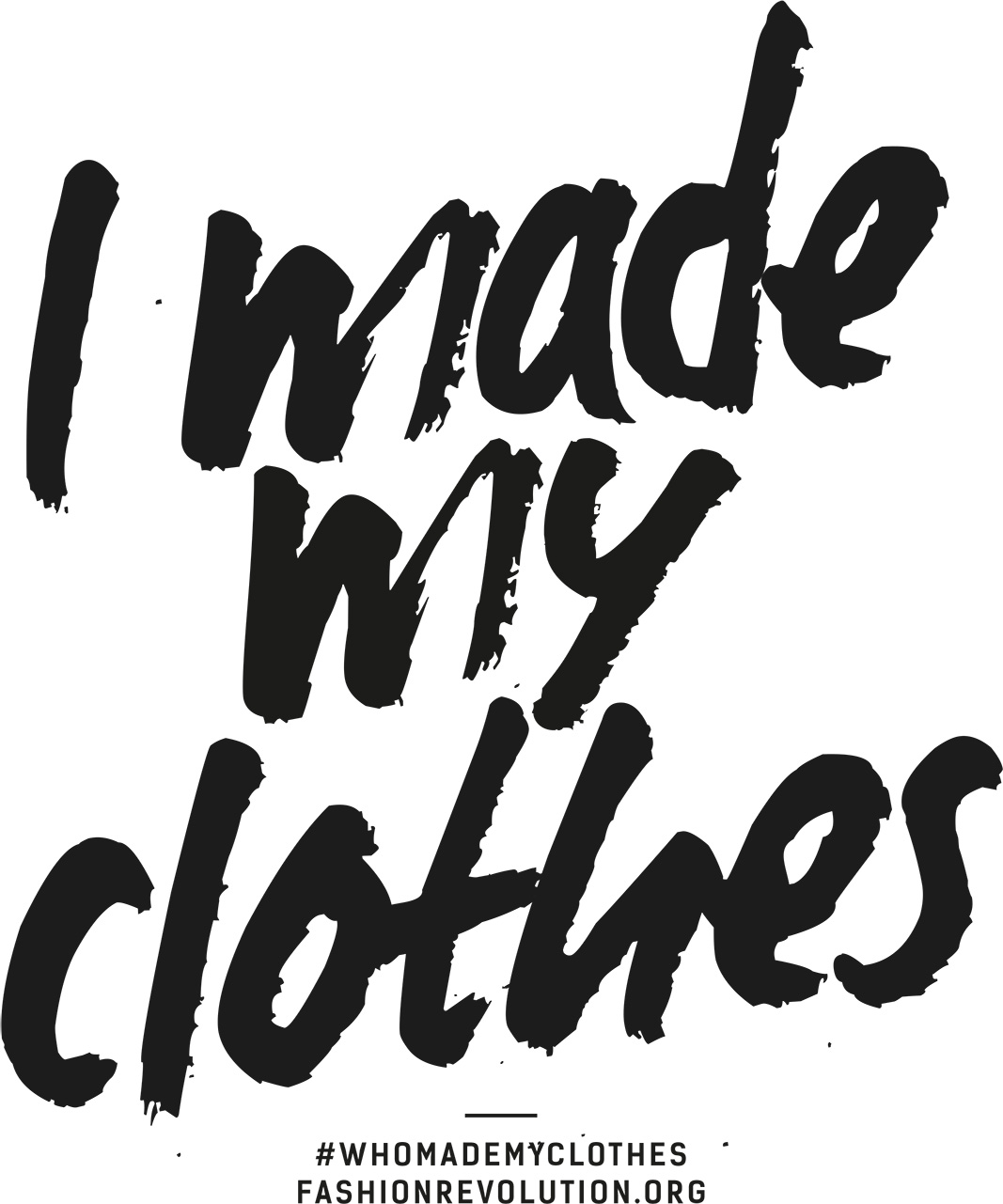It’s almost May and I think there are many seamstresses getting nervous and excited, because in May there will be many, many posts on Instagram, Facebook and in blogs tagging #memademay or #mmmay. This great challenge for seamstresses and crafters was launched some years ago from Zoe from the blog “So Zo … What do you know“.
It’s wonderful to have Zoe on board of our Fashion Revolution Week blogtour. Not only because she wants to focus on esteem of a (self-made) wardrobe with her “Me Made May” , but because she wrote a lot of contributions to sustainability related to her own wardrobe alreday years ago on her blog.
I am very happy that Zoe agreed to answer some questions in this surely stressful pre-Me-Made-May-2018-time.
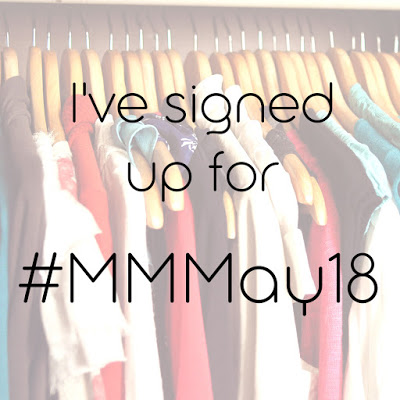
Interview with Zoe from the Blog “So Zo…What do you know“:
Dear Zoe, Me Made May meanwhile is a kind of institution in the sewing community and a lot of seamstresses are taking part every year. Could you please tell me when you launched Me Made May and what it’s all about?
Me-Made-May is a challenge designed to encourage people who make their own clothes to develop a better relationship with their handmade wardrobe. You the specifics of your own challenge to make it suitable and useful for YOU.
The whole thing started back in 2010. I was living in Barcelona, Spain, at the time and had been getting more and more into making my own clothing and thinking about the meaning and motivations behind creating a handmade wardrobe. I wanted to test myself and see how far I could rely on the items I had made, plus it gave me a push to try different types of garments that I’d never tackled before, like undies and a coat.
I first attempted the challenge as a solo endeavour in March of that year. It was fun, informative, but mostly COLD! I wanted to try it again during a warmer month, so I decided on May and mentioned it on my blog to see if anyone else was interested in trying something similar. My own personal pledge was to wear only me-made things, aside from bras, tights, socks and shoes, but I left it open for anyone else taking part to set their own specific pledge and have done so ever since. I expected only a handful of people to be interested, but over 80 signed up that year, and it’s grown to crazy numbers of participants in the nine years since its creation.
On your blog you tell the readers that „sewing and refashioning (…) form a big part of your desire to live a more sustainable and authentic life“. What do you mean by that exactly and how does it affect your every day life?
I think that the meaning behind that sentence for me has shifted somewhat since I first wrote it six or so years ago. At the time I was working for a textile recycling charity called TRAID that is based here in the UK. My job was to help make a small range of womenswear made from donated textiles (that took the form of both lengths of fabric and unwanted garments). That job also gave me access for unwanted textiles that I could use in my personal sewing projects. So at that time I wrote that statement, I felt I was diverting fabric from potentially heading to the landfill into ‘new’, wearable clothing through both my day job and personal sewing activities.
These days, I’m more akin to the majority of home sewers in my fabric buying habits as I no longer have access to unwanted fabric. Because of that, plus no longer undertaking quite as many sewing projects which reuse existing garments for fabric (although I still do this fairly regularly), I struggle to label my sewing activities as sustainable these days. I recently wrote this blog post which goes into further detail about how describing home sewing as a sustainable activity can be problematic. That said, I do feel a level of increased sustainability can be achieved by sewing your own clothing, as opposed to buying it. Because by sewing, we have the potential to create clothing that has the potential for a wayyyyy longer life than shop bought clothing usually has. This is because, by sewing clothes from scratch, we have complete control over every element, from style to fabric, colour to notions, embellishments to fit. We can create the garments that we really want to have, almost exactly as we would like them to look and feel, and make them fit our own unique body shape well. All this comes with time and practise of course (with a lot of wasted fabric along the way sadly!), but when you start making some really special pieces, it’s much harder to let them go than a garment you bought on a whim as you wandered through the high street.
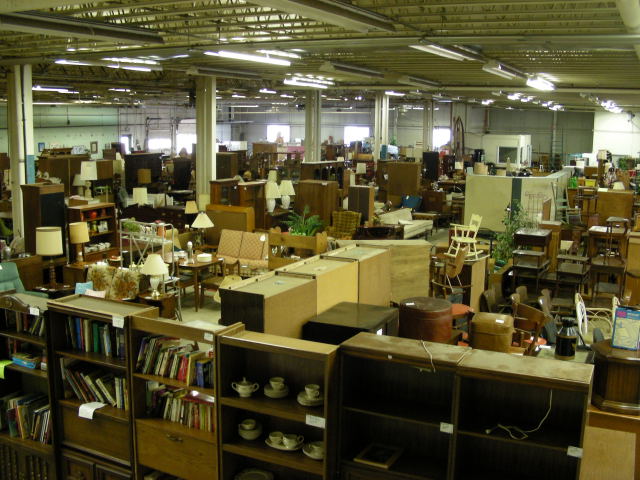
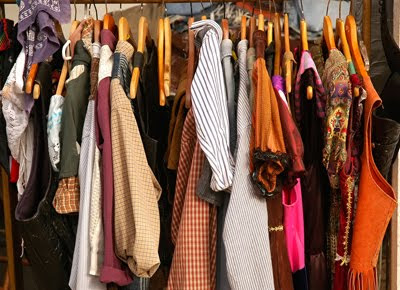
Already three years ago you wrote a great article about „Achieving a sustainable Wardrobe“ where you set up some goals for you as dressmaker like „mending, altering and refitting“ clothes you currently do not wear. What would be your tips your those who do not know sewing?
Surely almost every town has a business that can alter or repair clothing that you can take your garments to be refitted or fixed. If you still like the garment aside from its flaw, perhaps you owe it to those who produced the fabric and stitched the original garment to get it fixed and give it a longer life.
You work as freelance sewing teacher, organize a handmade market and through Me Made May have a great interaction with the sewing community. Do you think that there is a change of consciousness concerning the consumption of garments? Do yo think seamstresses more and more know about the sustainability of their hobby and then also buy fair produced fabrics?
I definitely feel that within the sewing community there are more and more conversations going on about sustainability, and what that can mean when applied to home sewing. For example, the “Love to Sew podcast” recently produced an excellent episode devoted to the topic where the presenters explored many aspects. However, I think the sewing community generally is still a long way off from figuring out how to sew as sustainably as possible, but hopefully we can get there soon and limit the negative environmental impact our sewing activities are most likely having.
Sadly, I don’t think that most consumers of mass-manufactured clothing are experiencing a change of consciousness as a whole, or at least not as quickly as it needs to happen. Five to ten years ago there was a lot of talk in the media about sweatshop labour. Heaps of articles, books and documentaries were produced to shine some light on the horrific reality of the conditions that fabric and clothing are produced in. But the fashion industry largely failed to respond to demands to make their operations more transparent, so I think that even the most conscientious of consumers are a at a loss about how to dress themselves ethically. The clothing industry has succeeded in waiting the media attention out, and aside from this awesome Fashion Revolution Week, these days very little time is devoted to the topic, which shows just how important this week and it’s proponents like yourself really are.
Fashion Revolution Week was first organized as redemption of the break down of the Rana Plaza fabric in Bangladesh. What did you think when this accident happened?
The Rana Plaza factory collapse was truly heartbreaking. I feel that the tragedy confirmed that nothing has really changed within the clothing industry, despite all the exposes and documentaries like True Cost that have been created. Fighting against the exploitation of workers in developing nations is an uphill struggle, largely due to the current Neo Capitalist financial system. It will take many businesses and individuals to take a stand and accept the financial repercussions for a significant upheaval within the industry.
If one thinks about a sustainable and authentic life it’s not only about fashion or textile industry but about food, traveling, pollution, computers, smartphones and so on. Does this never-ending list sometimes frustrates you or do you have our straight way through it?
I feel frustrated and overwhelmed by the enormity of the damage we are all doing to the planet, and each other, on a daily basis. About eight years ago I read an excellent and terrifying book called ‘Confessions of an Eco Sinner: Travels to Find Where My Stuff Comes From’ by Fred Pearce, which did much to hammer home to me the true scale of it all. It’s definitely one of those books that I wish everyone in the world would read! Often it feels completely pointless to even try to make progress towards a more sustainable life, but it really is up to those of us in who live in developed nations to try. This planet is going to be passed on to our children in such a horrendous state, and I want to be able to look my two kids in the eye and tell them about some of the things I tried to do to improve things.
But back to feeling overwhelmed. It’s important to remember that change in the world really can happen, and when you feel overwhelmed by the scale of the problems, try and refocus on one area or aspect that you know well and work from there. My area is sewing and clothing, so I’m working from there where I can. I’m also looking at other small ways I can improve in my life and home, trying those out and talking about it with others. Some small things I’ve been doing recently include buying biodegradable bamboo tooth brushes and getting a weekly organic fruit and vegetable box delivery to cut down on single-use plastic and plastic packaging. I know I’ll never be a perfect eco-(non)consumer, but that doesn’t mean that trying to lessen my carbon footprint isn’t worthwhile. After all, if everyone actively worked on ways to lessen their own carbon footprints, then it’d have a major impact globally. All we can do is try to improve things and talk about it in the hopes of inspiring others to try too.
Dear Zoe, I thank you very much for this reflected and personal insights into your understanding of sustainability and the many tips you gave us! I wish you all the best and great success with Me Made May 2018!
*
You can still sign up for Me Made May 2018 here
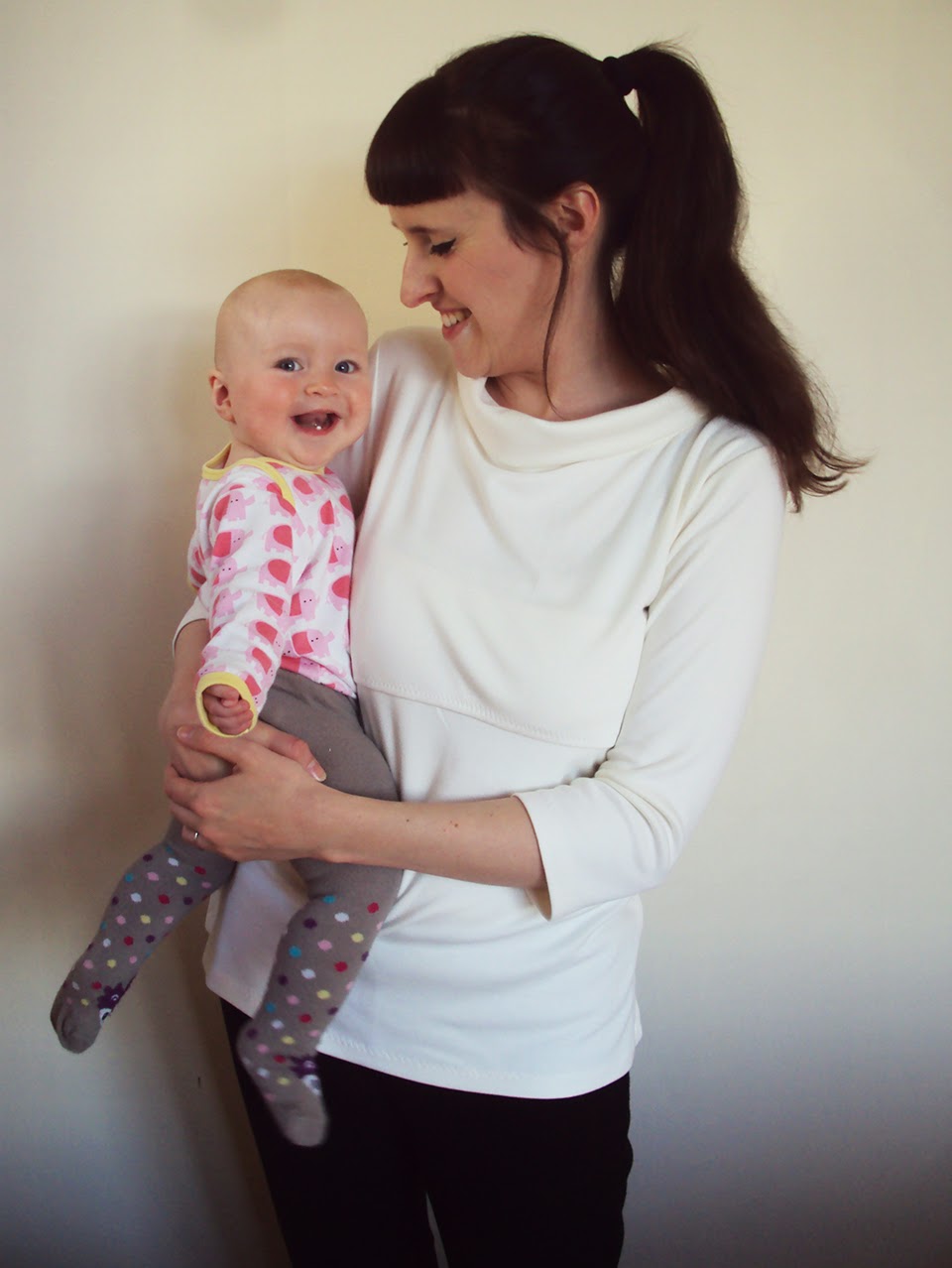
Also this year’s Me Made May is about wearing and documenting homemade clothing every day in May – excluding lingerie, socks, tights and shoes.
Especially when it comes to lingerie, it is really difficult to find fair produced nice pieces, that are also affordable and have that certain something… That’s why I would like to introduce today Erlich Textil from Cologne, a label founded in 2015 for lingerie products that are made in Europe from sustainable materials and sold through their online shop for a really fair price.
***
authentic – original designWe promise you that we will make the textiles of Erlich always authentic, simple and relaxed, but thought out in detail. We will always design timelessly clear products that will form the basis of your modern wardrobe, and where you’ll feel as comfortable as your first day after years. And we promise you that it will stay that way.
high quality – great qualityWe promise you that we will always use the best quality for every fabric, every button, every thread and every fiber. We choose every part with the utmost care to do everything for your daily feeling of well-being on the skin. And we promise you that you will feel that.
sustainable – sustainable
We promise you that we always pay attention to the highest social standards, transparency, fair trade, short delivery routes and the careful use of the resources of our planet. Whenever we see a way to make things different and better, we will do that. For your and for our sense of well-being.
direct – prices
We promise you that we will do our utmost to ensure that you are always as comfortable with our prices as with our products. We dispense with anything that could unnecessarily increase the price and ship the products directly to you from the factory. At a price that makes you feel good.(Website Erlich Textil, “Our Promise”)
***
Today I am happy to have as a give away a Merle Bra. Please leave a comment until this evening (26.4.) 12 p.M. CET. The winner will be announced tomorrow in the blog. Good luck!
